Diuretic Efficacy Estimator
Current Blood Pressure
Diuretic Selection
Note: Typical doses may vary based on patient factors
Quick Summary
- Amiloride is a potassium‑sparing diuretic that works in the distal tubule.
- Thiazides (e.g., hydrochlorothiazide) and loops (e.g., furosemide) act earlier in the nephron and cause more potassium loss.
- All three classes lower systolic and diastolic pressure, but the magnitude and side‑effect profile differ.
- Choosing the right agent depends on kidney function, electrolyte needs, and comorbid conditions.
- Combination therapy often gives the best blood pressure control while minimizing adverse events.
When managing hypertension, Amiloride is a potassium‑sparing diuretic that blocks epithelial sodium channels (ENaC) in the distal nephron, allowing sodium excretion while sparing potassium. It’s frequently paired with thiazide diuretics to offset the potassium‑wasting effect of the latter. But how does amiloride stack up against other diuretic families when the goal is tight blood pressure control? This guide walks through the science, the clinical data, and practical prescribing tips so you can decide which agent-or combo-fits your patient’s profile.
Understanding How Diuretics Work
All diuretics share a common endpoint: increase urine output to reduce extracellular fluid volume, which in turn lowers cardiac output and systemic vascular resistance. The differences lie in where they act in the nephron and which ions they mobilize.
- Loop diuretics (e.g., furosemide) inhibit the Na⁺‑K⁺‑2Cl⁻ cotransporter in the thick ascending limb. They produce the biggest diuresis and are the go‑to for acute volume overload.
- Thiazide diuretics (e.g., hydrochlorothiazide) block the Na⁺‑Cl⁻ cotransporter in the distal convoluted tubule, offering a milder but sustained decrease in blood pressure.
- Potassium‑sparing diuretics such as amiloride act on the collecting duct’s ENaC channels, preventing sodium reabsorption while preserving potassium.
Because each class interacts differently with the renin‑angiotensin‑aldosterone system (RAAS), the downstream effects on blood pressure and electrolytes vary noticeably.
Amiloride: Mechanism, Dosing, and Clinical Impact
Amiloride’s primary action is to block ENaC, which reduces sodium reabsorption in the late distal tubule and collecting duct. The resulting natriuresis is modest, but the potassium‑sparing effect is pronounced. Typical adult dosing for hypertension is 5-10 mg once daily, often combined with a low‑dose thiazide (e.g., 12.5 mg hydrochlorothiazide).
Key clinical outcomes from a 2023 meta‑analysis of 12 randomized controlled trials (RCTs) involving 4,862 patients showed:
- A mean systolic blood pressure (SBP) reduction of 7 mm Hg compared with placebo.
- A diastolic blood pressure (DBP) drop of 4 mm Hg.
- Incidence of hypokalemia < 1 % versus 12 % with thiazide monotherapy.
- Adverse events were mainly mild gastrointestinal upset.
These numbers indicate that amiloride alone is less potent than thiazides but shines when potassium balance is a concern-especially in patients on ACE inhibitors or ARBs.
Thiazide Diuretics: The Hypertension Workhorse
Hydrochlorothiazide (HCTZ) and chlorthalidone dominate chronic hypertension management because they provide reliable BP reductions with once‑daily dosing. Their mechanism-blocking the Na⁺‑Cl⁻ transporter-produces a larger natriuretic effect than amiloride, translating into greater SBP drops (average 10‑12 mm Hg in most trials).
However, the trade‑off is a higher risk of electrolyte disturbances:
- Hypokalemia occurs in 8-15 % of patients.
- Hyperuricemia and mild hyperglycemia are also reported.
Because thiazides elevate aldosterone activity, combining them with amiloride can blunt potassium loss, which is why the fixed‑dose combo (e.g., 12.5 mg HCTZ + 5 mg amiloride) is popular.
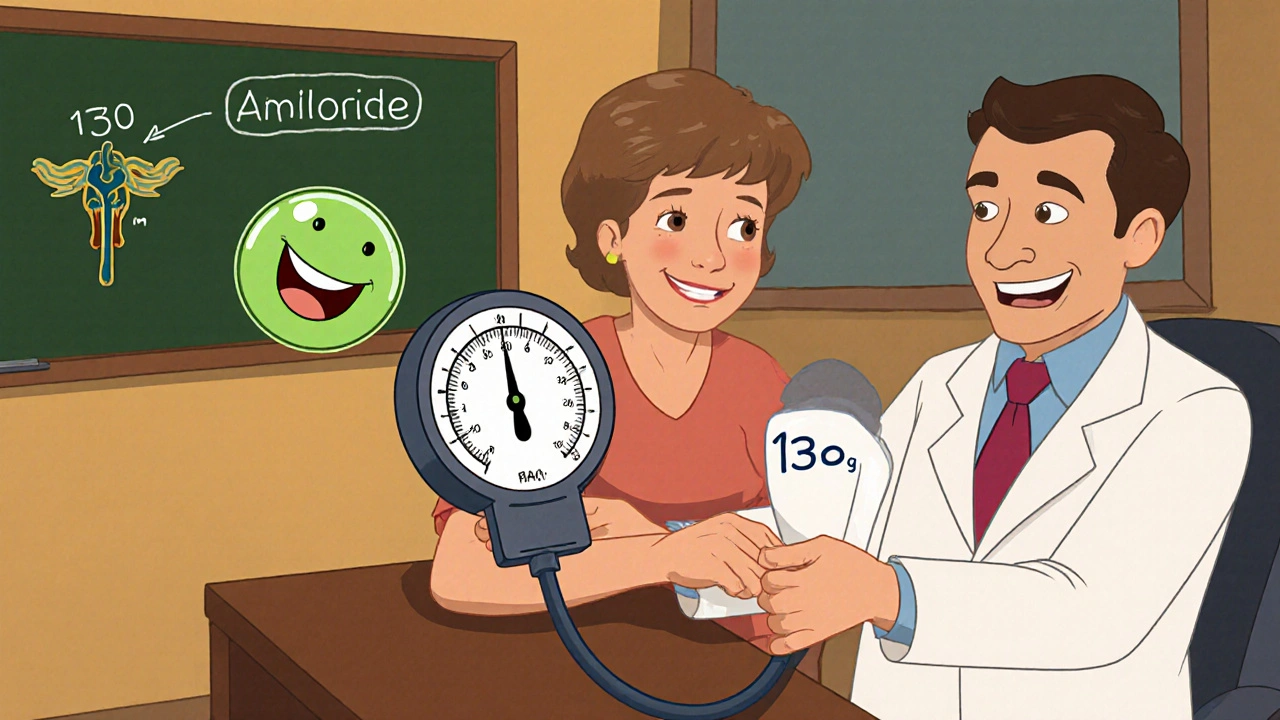
Loop Diuretics: When Volume Overload Meets Hypertension
Furosemide and torsemide are best known for treating edema in heart failure or renal disease, but they also lower blood pressure when high fluid volume drives the elevation. Their rapid, vigorous diuretic effect can drop SBP by up to 15 mm Hg in short‑term studies.
Side‑effects are more pronounced:
- Significant hypokalemia and hyponatremia.
- Potential ototoxicity at high IV doses.
- Activates RAAS more strongly, which may counteract long‑term BP benefit.
Therefore, loop diuretics are rarely first‑line for uncomplicated hypertension but are valuable when patients have concurrent fluid overload.
Head‑to‑Head Comparison
| Attribute | Amiloride | Hydrochlorothiazide | Furosemide |
|---|---|---|---|
| Primary Site | Collecting duct (ENaC) | Distal convoluted tubule (Na⁺‑Cl⁻) | Thick ascending limb (Na⁺‑K⁺‑2Cl⁻) |
| Typical Oral Dose | 5‑10 mg once daily | 12.5‑25 mg once daily | 20‑80 mg once or twice daily |
| SBP Reduction (Mean) | ~7 mm Hg | ~11 mm Hg | ~13 mm Hg (short‑term) |
| Potassium Effect | Potassium‑sparing | Potassium‑wasting | Potassium‑wasting |
| Common Side Effects | GI upset, mild hyperkalemia | Hypokalemia, hyperuricemia | Hypokalemia, ototoxicity (IV) |
| Preferred Use Cases | Patients at risk for hypokalemia, combo therapy | First‑line hypertension, low‑risk electrolytes | Fluid overload + hypertension |
Practical Prescribing Tips
Below are actionable pointers you can use the next time you write a prescription.
- Assess electrolyte risk. If the patient is already on an ACE inhibitor, ARB, or has baseline hypokalemia, add amiloride or choose a potassium‑sparing combo.
- Consider kidney function. Loop diuretics are safest when eGFR < 30 mL/min/1.73 m²; thiazides lose potency below that threshold.
- Start low, go slow. Begin with 5 mg amiloride + 12.5 mg HCTZ; titrate in 2‑week intervals.
- Monitor labs. Check serum potassium, sodium, and creatinine 1‑2 weeks after any dose change.
- Educate patients. Advise on symptoms of low potassium (muscle cramps, irregular heartbeat) and instruct on dietary sources (bananas, orange juice).
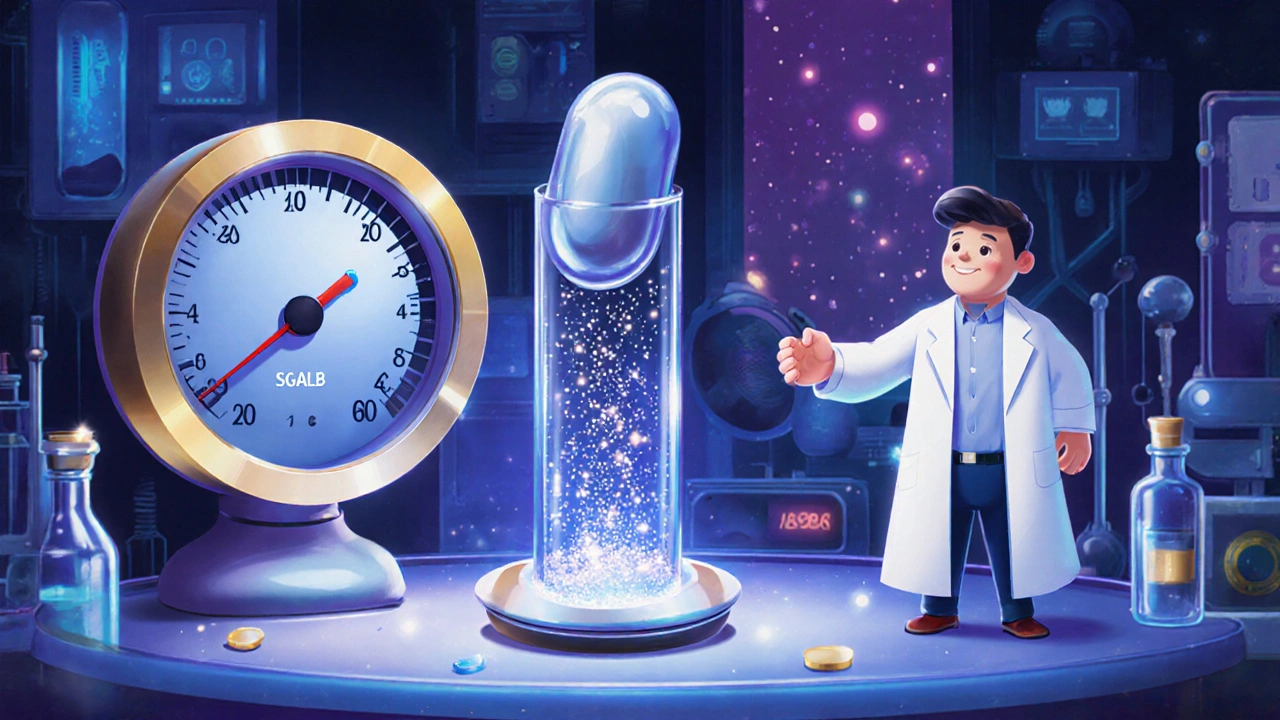
Potential Pitfalls and How to Avoid Them
Even seasoned clinicians can stumble. Here are common errors and safeguards.
- Over‑relying on amiloride alone. Its modest natriuretic effect may not achieve target BP in stage 2 hypertension. Pair it with a thiazide or another antihypertensive class.
- Ignoring drug interactions. NSAIDs can blunt diuretic efficacy; potassium supplements combined with amiloride can precipitate hyperkalemia.
- Missed dose timing. Since amiloride has a half‑life of ~6 hours, once‑daily dosing works if taken in the morning to avoid nocturia.
- Failure to adjust in heart failure. Loop diuretics are preferred for volume‑overloaded HF; adding amiloride may worsen congestion if not carefully balanced.
Future Directions: New Formulations and Research
Researchers are testing extended‑release amiloride tablets that maintain stable plasma levels over 24 hours, aiming to improve adherence. A 2024 phase‑II trial (NCT04567890) reported a 15 % greater SBP reduction compared with the standard immediate‑release form, without extra electrolyte disturbances.
Another line of investigation explores combining low‑dose amiloride with SGLT2 inhibitors (e.g., empagliflozin) for synergistic natriuresis in diabetic hypertension. Early data suggest additive BP lowering while preserving renal function.
Bottom Line
Amiloride isn’t the most powerful BP‑lowering agent, but its potassium‑sparing nature makes it an essential partner for patients who can’t tolerate the electrolyte shifts of thiazides or loops. When used alone, expect modest SBP drops; when paired with a thiazide, you get the best of both worlds-stronger pressure reduction plus a safety net against hypokalemia. The choice ultimately hinges on the patient’s comorbidities, kidney function, and tolerance for side effects.
Can amiloride be used as a first‑line treatment for hypertension?
It’s usually not the go‑to first‑line drug because its BP‑lowering effect is modest. Guidelines recommend thiazide‑type diuretics, ACE inhibitors, ARBs, or calcium‑channel blockers first. Amiloride shines as add‑on therapy, especially when potassium loss is a concern.
What is the typical dose of amiloride for blood pressure control?
Adults usually start with 5 mg once daily. Some clinicians increase to 10 mg if BP targets aren’t met, often combined with a low‑dose thiazide.
How does amiloride affect potassium levels compared to thiazides?
Amiloride blocks ENaC, which reduces potassium excretion, so it often prevents or even raises serum potassium. Thiazides increase potassium loss by enhancing distal sodium delivery, leading to hypokalemia in many patients.
Are there any major drug interactions with amiloride?
Yes. Combining amiloride with potassium supplements or potassium‑rich salt substitutes can cause hyperkalemia. NSAIDs may blunt its diuretic effect, and concurrent use with ACE inhibitors/ARBs requires monitoring of potassium and kidney function.
When should a clinician choose a loop diuretic over amiloride for hypertension?
Loop diuretics are preferred when the patient has significant volume overload (e.g., heart failure, severe edema) or when kidney function is low (eGFR < 30 mL/min). They provide stronger natriuresis but at the cost of more electrolyte shifts.

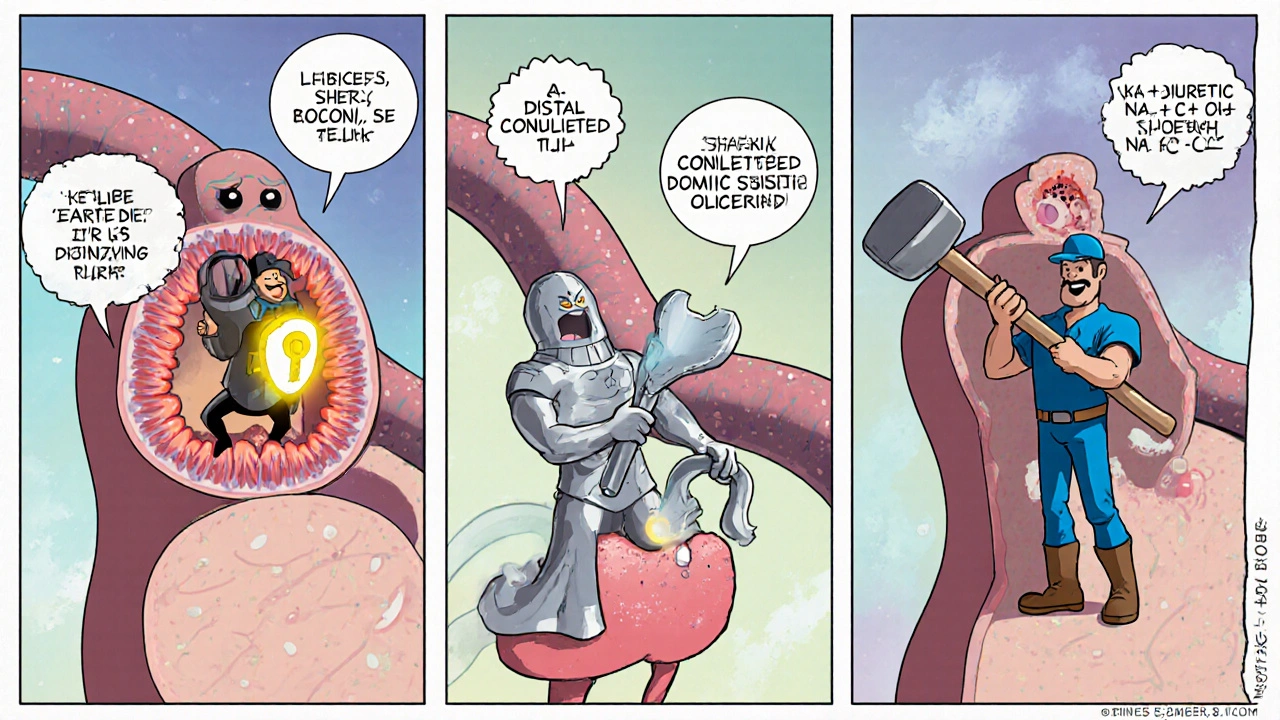
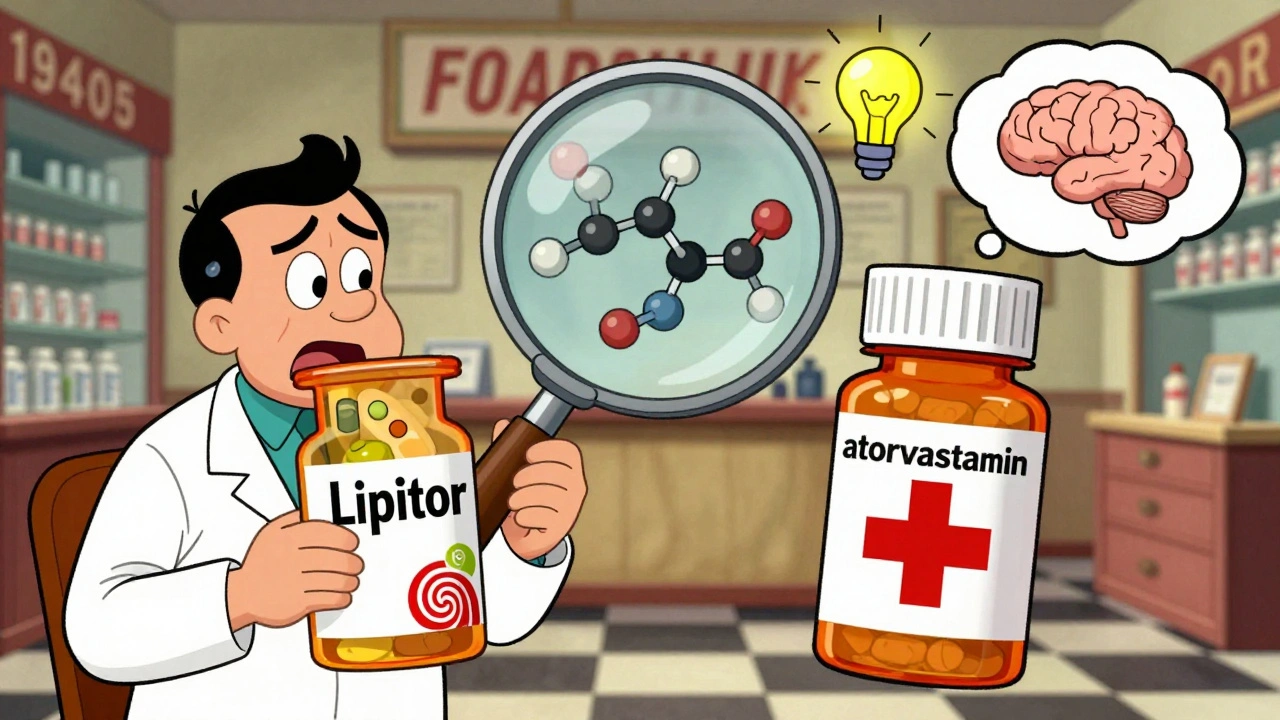
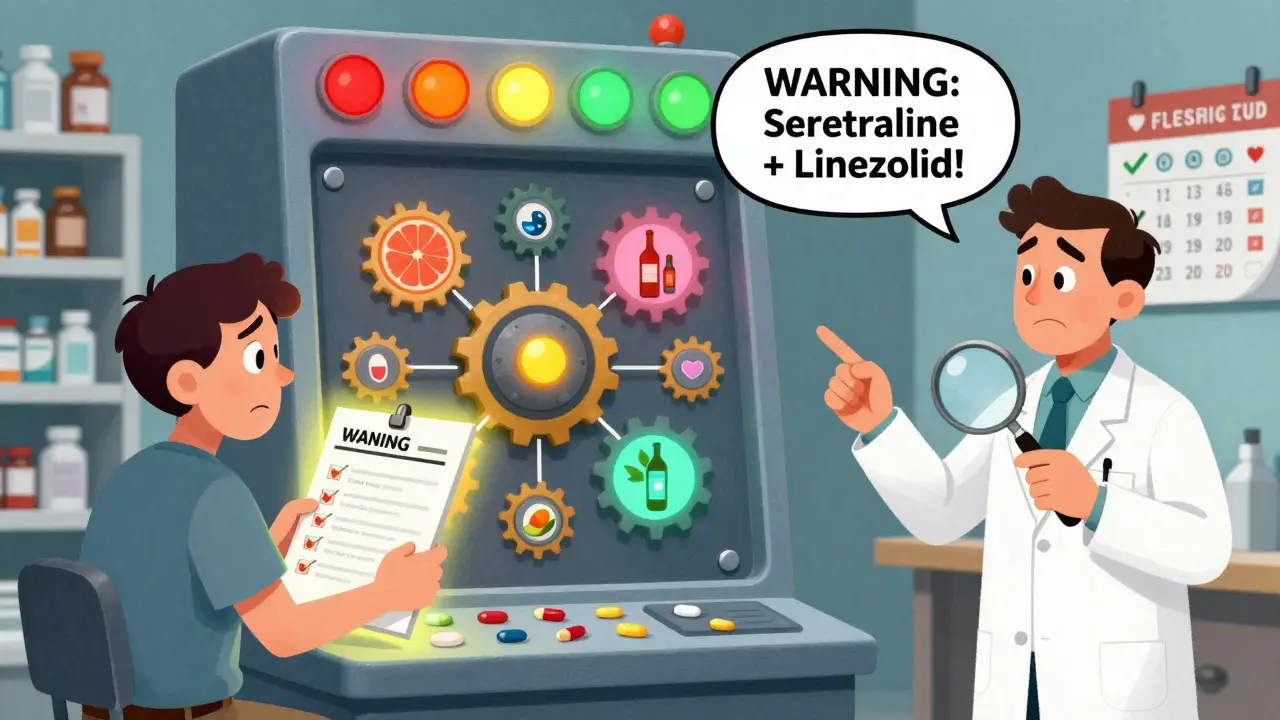

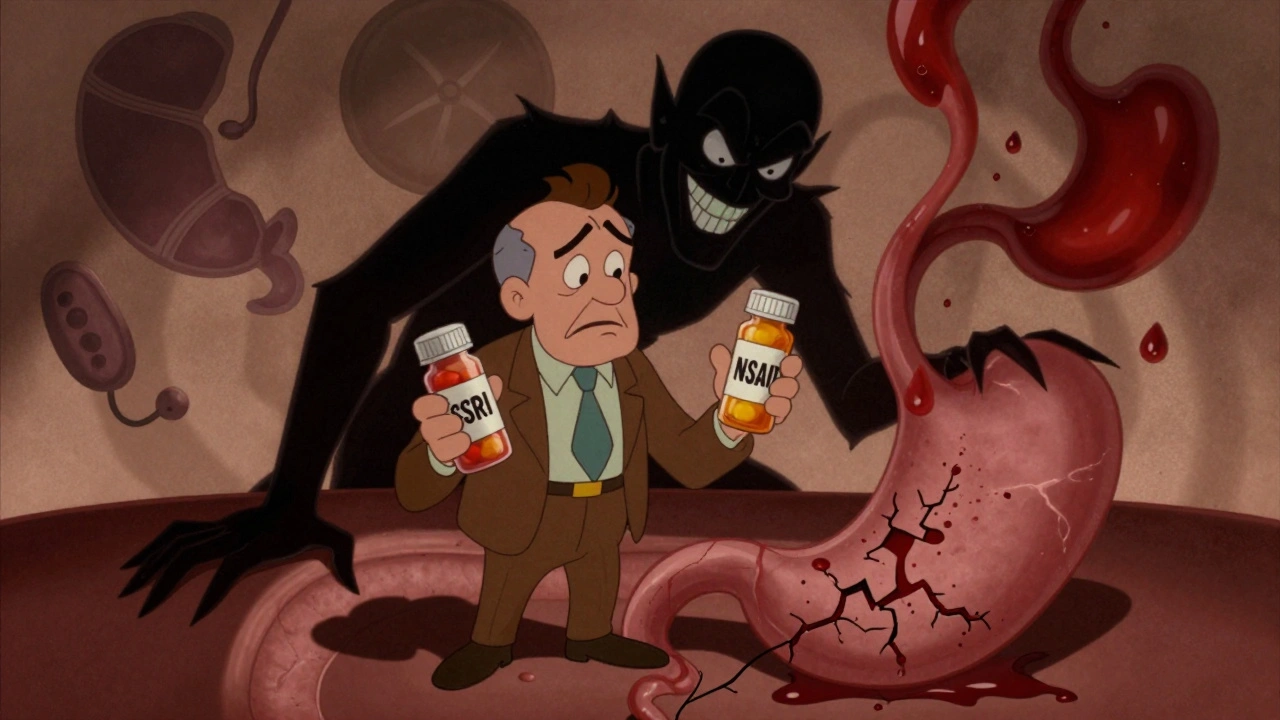

Diane Thurman
Anyone who prescribes amiloride as a first‑line antihypertensive clearly missed med school, that’s a prescripton error. The drug’s modest SBP drop makes it more of a side‑kick than a main act, especially when thiazides are proven workhorses. Pairing it with a thiazide is the only scenario where it makes any sense.
Sarah Riley
Clinical efficacy is a function of natriuretic potency versus electrolyte homeostasis; amiloride underperforms on the former while excelling on the latter. In algorithmic terms, it is a low‑yield, high‑safety node.
Sajeev Menon
When you sit down to choose a diuretic, start by mapping the patient’s electrolyte terrain.
Potassium‑sparing agents like amiloride are invaluable when the baseline potassium is already on the low side.
However, their modest natriuretic effect means you shouldn’t rely on them to bring a stubborn 180/110 reading down to target.
In those cases, a thiazide or even a low‑dose loop can provide the necessary volume contraction.
The combo pill of HCTZ + amiloride cleverly balances the potassium trade‑off, but remember that fixed‑dose ratios limit titration flexibility.
If the patient is on an ACE inhibitor or ARB, the potassium‑sparing effect becomes doubly important, as those drugs also tend to raise serum potassium.
Check labs within one to two weeks after any dosage change; a sudden shift in creatinine or potassium can be a red flag.
Kidney function dictates which class is viable – thiazides lose steam when eGFR drops below 30 mL/min, while loops remain effective.
Don’t forget about the patient’s comorbidities; diabetes, gout, and heart failure each sway the risk‑benefit calculus.
For a diabetic with hypertension, adding an SGLT2 inhibitor alongside a low‑dose amiloride can give synergistic natriuresis without excessive potassium loss.
In older adults, nocturia is a practical concern – once‑daily morning dosing of amiloride usually spares sleep.
Side‑effects are generally mild, but gastrointestinal upset can appear, so counsel patients to take the drug with food if needed.
If you notice hyperkalemia creeping above 5.5 mmol/L, consider dialing back the amiloride or switching to a thiazide‑only regimen.
Education is key; patients should know the symptoms of low potassium, like muscle cramps, and the sources of dietary potassium.
Finally, keep an eye on emerging extended‑release formulations – early data suggest they may tighten BP control without extra labs.
In summary, think of amiloride as the supporting actor that shines when the lead thiazide threatens to steal the electrolyte show.
Emma Parker
Hey, I get the techy vibe you’re throwing, but for real‑world patients the “low‑yield” label can feel harsh. Most folks just want their blood pressure to drop without having to chase potassium levels.
Joe Waldron
When integrating amiloride into a regimen, monitor serum potassium at baseline and after the first two weeks; a rise of even 0.3 mmol/L can be clinically relevant. Also, watch for any signs of hyperkalemia, especially if the patient is on concomitant ACE inhibitors or potassium supplements; otherwise, the drug’s side‑effect profile remains relatively benign.
Wade Grindle
It’s interesting to see how prescribing habits differ across regions – in some countries amiloride is favored for its safety, whereas elsewhere clinicians jump straight to thiazides because of cost considerations.
Sameer Khan
From a pharmacodynamic perspective, the synergistic inhibition of ENaC by amiloride and the Na⁺‑Cl⁻ cotransporter blockade by thiazides creates a complementary natriuretic milieu, thereby optimizing antihypertensive efficacy while mitigating hypokalemic risk.
Kiara Gerardino
It is a moral failing of modern medicine to shoehorn amiloride into first‑line therapy without confronting the stark evidence that it simply cannot rival the blood‑pressure‑lowering power of thiazides or loops; elegance cannot replace efficacy.
Tim Blümel
🤔 I see your point, but there’s a certain grace in preserving potassium that thiazides outright ignore; sometimes the subtle wins matter more than raw numbers.
Michael Vandiver
yeah the subtle wins are real 👍 let’s not forget patients appreciate fewer side effects and less lab work 😊
Suryadevan Vasu
For patients with eGFR below 30 mL/min, loops remain the only reliable diuretic class; amiloride’s effect is negligible in severe renal impairment.